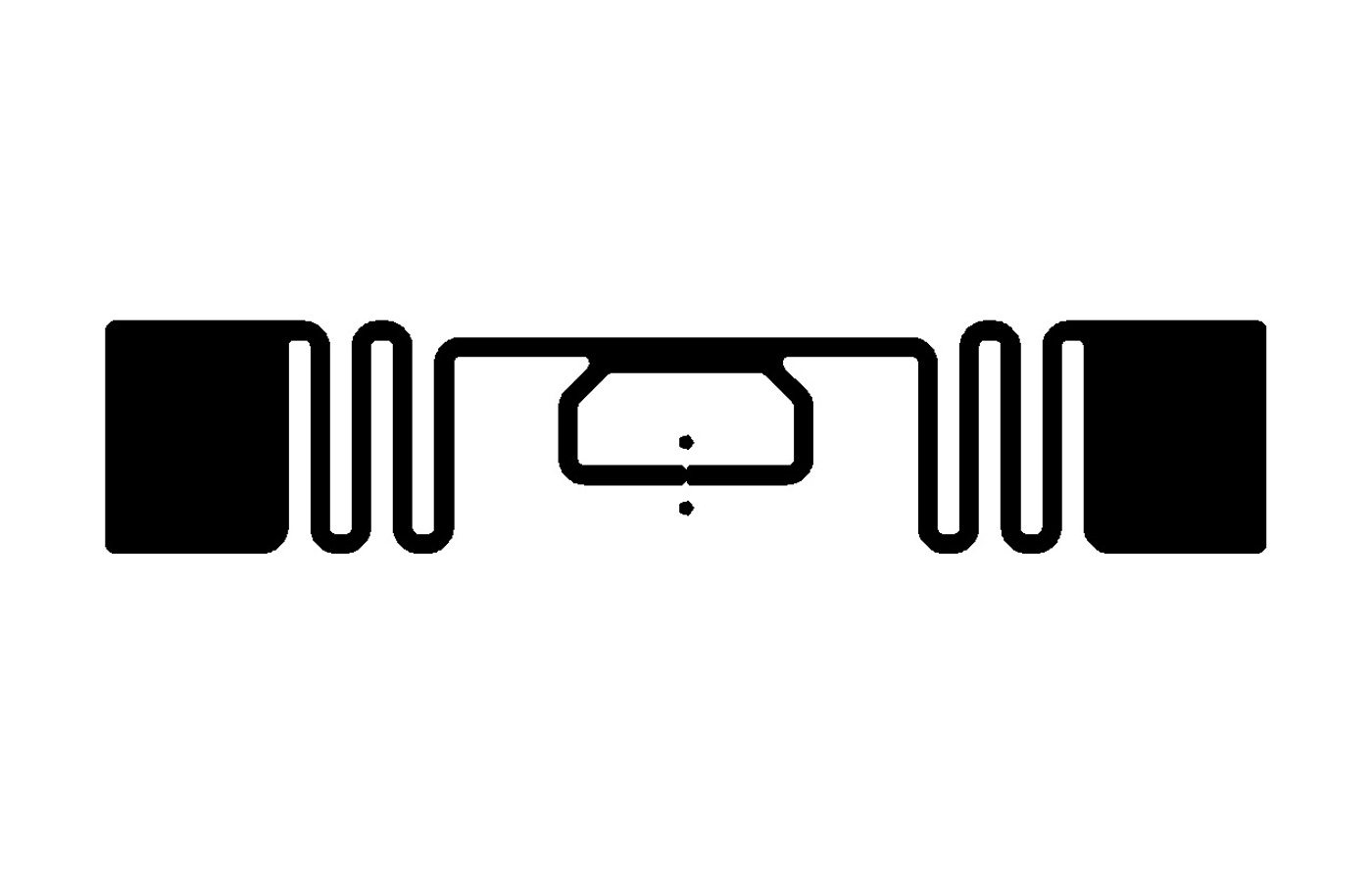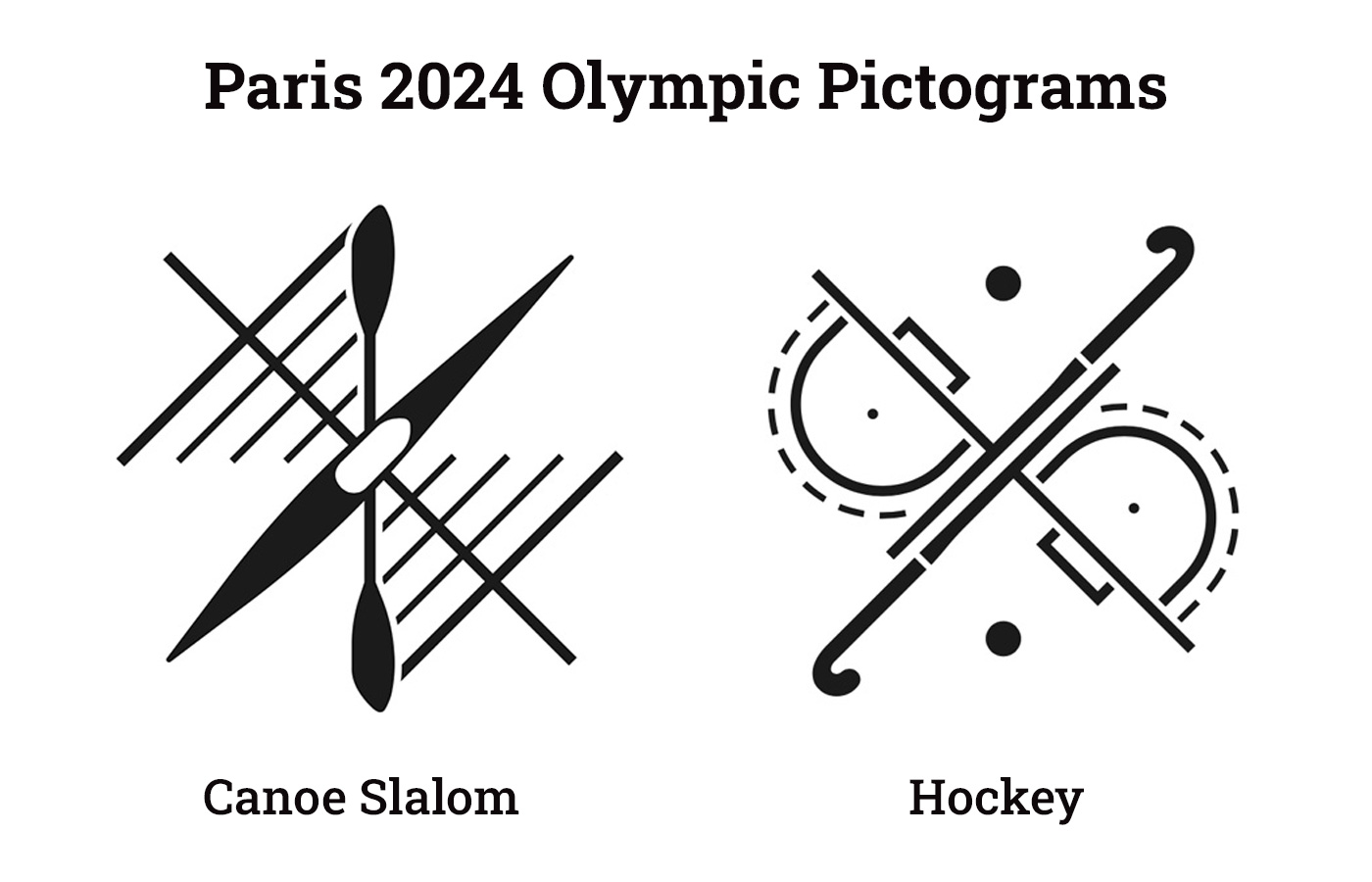Crafting the Complex Designs of RAIN RFID Antennas
Impinj antenna design engineer John Kim unveils the artistry behind one of the major components of a RAIN RFID tag.
If you’ve seen an RFID tag, you’ve likely noticed the interesting antenna that makes up the bulk of the tag. What you likely didn’t realize is just how complex and intricate these designs are.
At Impinj, the unique job of creating the Impinj antenna reference designs that are available for inlay/tag manufacturers to license for these intricate connectors falls to a small team, including John Kim. The senior staff antenna design engineer is one of a relatively small number of RFID tag antenna designers worldwide — less than 100 by John’s count. Antennas are an essential component in RAIN RFID, providing the communications link between the tag and reader. The antenna’s design and characteristics are crucial to overall RAIN system performance, impacting the tagged item’s read range from a few centimeters to multiple meters in warehouses, hospitals, retail stores, supply chains — and more.

John and I recently connected to talk about what’s involved in the design of a RAIN RFID antenna, how his expertise got him invited to appear as an expert on the Strange Parts YouTube channel, and where he’s found the best Reuben sandwich in Seattle.
Q: Your job is pretty unique. How do you describe what you do to people unfamiliar with RFID?
A: I usually just say I design antennas. For some people that’s enough. If they want to know more, I will talk about how antennas are used in recognizable applications like building access cards and clothing hang tags in stores. If they’re still interested, I tell them I work with antennas used to detect items from long distances.
My job is unique because my antennas are designed to accommodate the diverse environments tag chips are going to experience. Most general antennas used for things like cell phones, for example, are designed to assume a static environment. The antenna designs don't change no matter what the surrounding environment is. RAIN RFID tag antennas use specialized designs that support different environments.
Q: What goes into designing a RAIN RFID tag antenna?

A: We use simulation software to model an antenna, then we observe performance and optimize the design until the simulation performs the way we want it to. Then we build, fabricate, test, and tweak. It is similar to the process of designing a musical instrument like a harp, where you would use different string lengths and thicknesses, take measurements, and repeat until you get the sound you’re looking for.
Q: You were a guest in a YouTube video called “How I Made My Own RFID Tag” that’s been viewed more than 650,000 times. What was that like?
A: It was fun! The “Strange Parts” host, Scotty Allen, reached out to Impinj for some expert advice about building his own RFID tag from commonly found materials like an aluminum can. Impinj invited him to our Seattle offices so he could find out if his antennas were functional. We tested his designs in our anechoic chamber. His designs didn’t work, but it was refreshing to see someone attempt something not a lot of people know about.
[ Want to read more content like this? Subscribe to the Impinj blog.]
Q: Has the evolution of the RAIN RFID industry changed how you design a tag antenna?
A: The basic design of a RAIN RFID tag antenna hasn’t changed, but the design approach has. When RAIN RFID was new, tags were large, and the main application was stickers. Now everyone wants small tags or embedded tags. The smaller the tags, the harder it is to optimize read range and sensitivity since the antenna is more compressed. I’ve had to be really creative with my antenna designs to squeeze as much functionality as I can onto a small tag.
Q: I couldn’t help but notice that the Paris 2024 Summer Olympic pictograms look a lot like RAIN RFID antennas. Based on their designs, which sport do you think will perform best?

A: This topic has come up with our team before! The archery pictogram reminds me a lot of the antenna for the Impinj Monza 4, a previous generation tag chip — which utilized a crossing dipole to eliminate blind spots. The canoe slalom pictogram also looks effective; the ripple looks like a type of antenna called a “log periodic,” which would be perfect for a general-purpose tag. And if you modified the hockey design a little bit by joining the two pieces of the hockey stick and connecting both sticks with a loop in the middle, it would perform pretty well.
Q: OK, it’s time for the lightning round! Best sandwich?
A: The Reuben sandwich at Market House Meats in downtown Seattle, just a 10-minute walk from the Impinj office.
Q: Most used app on your phone?
A: YouTube. I’ve recently picked up golf as a hobby and I’ve been watching a lot of golf videos.
Q: Your career at Impinj in two words?
A: Fun challenges.
Q: Advice you wish you’d had five years ago?
A: Make sure you have a good relationship with your manager. When you work well together, it makes everything so much better.
Learn more about RAIN RFID, Impinj partner products, and how the Impinj platform can enable IoT solutions in retail, supply chain and logistics, healthcare, and more.
- Article tagged as:
Tuesday, February 13, 2024
ABOUT THE AUTHOR

Jill West
Vice President, Strategic Communications
Jill West leads Impinj IoT technology adoption marketing initiatives across numerous markets including retail, healthcare, and supply chain and logistics.
Sign Up for the latest news
